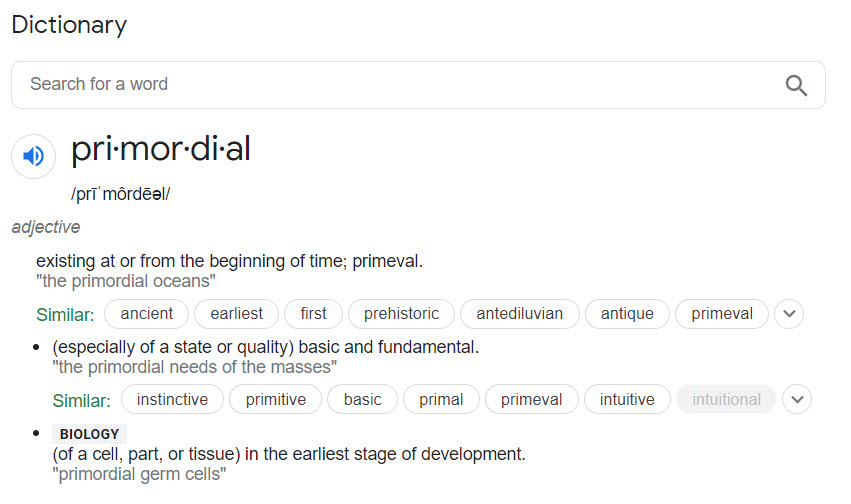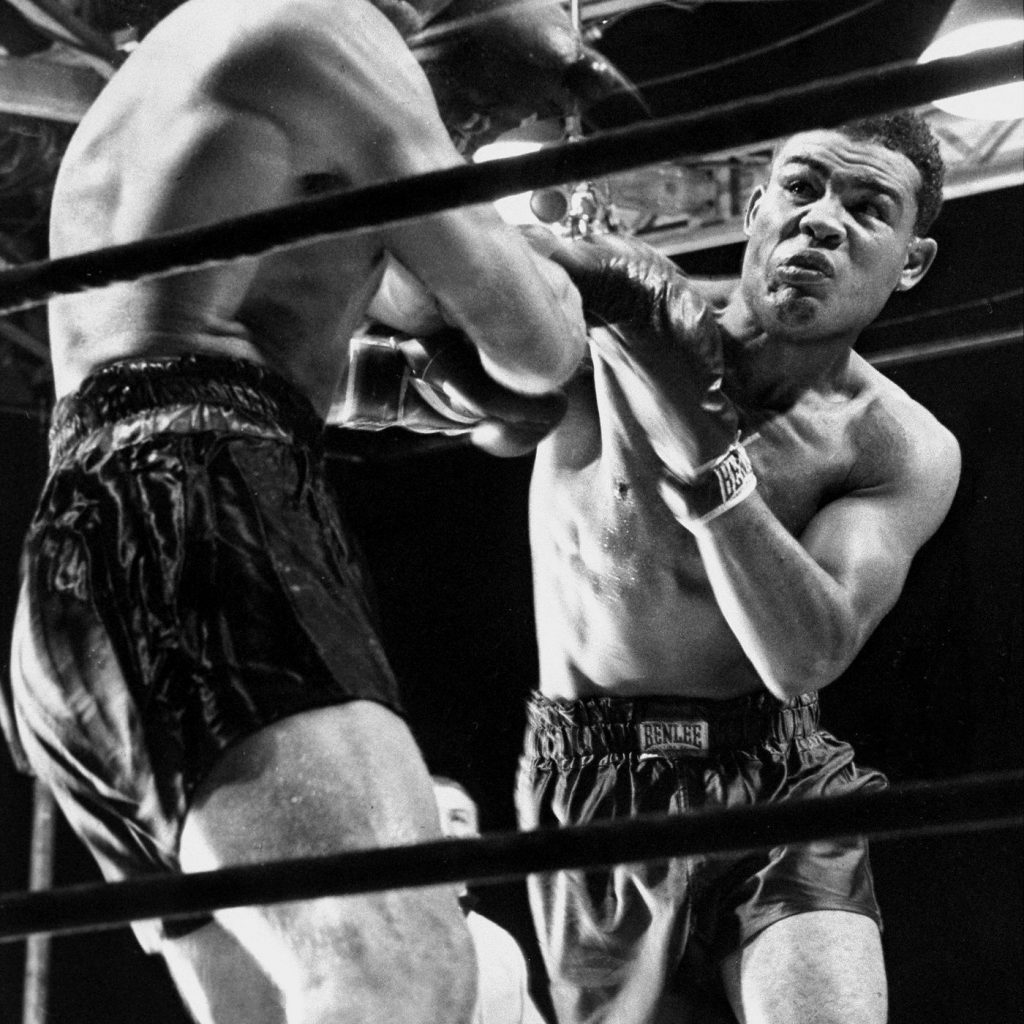Can Brand Strategy Enculturation Cause Disruption?
A not so new marketing buzz word is Disruption. It’s been around the advertising business for decades and thought-leader Charlene Li has made quite a business out of it. I’ve been thinking about the word and my business, brand strategy, and wondering if brand strategy can actually be a disruptor. My answer is a big fat “yes.” Brand strategy, as “an organizing principle for product, experience and messaging” has the ability to govern the decision-making of employees and cohorts.
When decision-making is in lockstep within a company, consumer attitudes cannot be far behind. And consumer behavior quickly thereafter. Early in my career I leaned the fastest way to change consumer attitudes was through TV advertising. Smack TV watchers in the face with a message and demonstration enough times and they tend to believe. But advertising has been so watered down and the web has collapsed many of the steps-to-a-sale so as to make advertising way less powerful.
Brand strategy however, brought forth through all channels and contact points can disrupt business as usual. But it must be tight. Compelling. And category-meaningful. When products and services live the life of the brand strategy, and don’t just talk about it, change can happen. And fairly quickly. That’s disruptive.
Enculturating your brand strategy is the ideal. First within the brand company, then within the buying public.
Peace.











